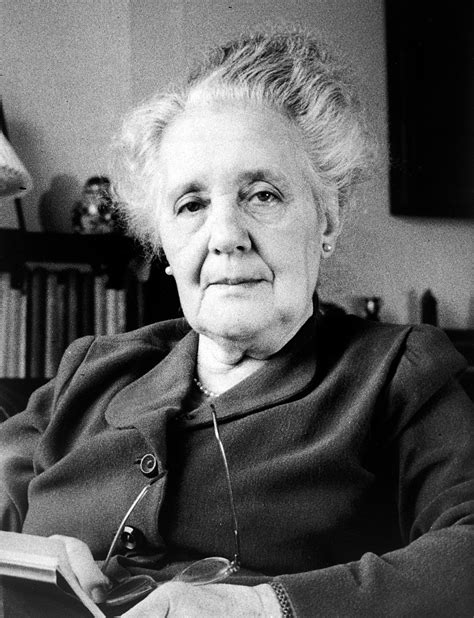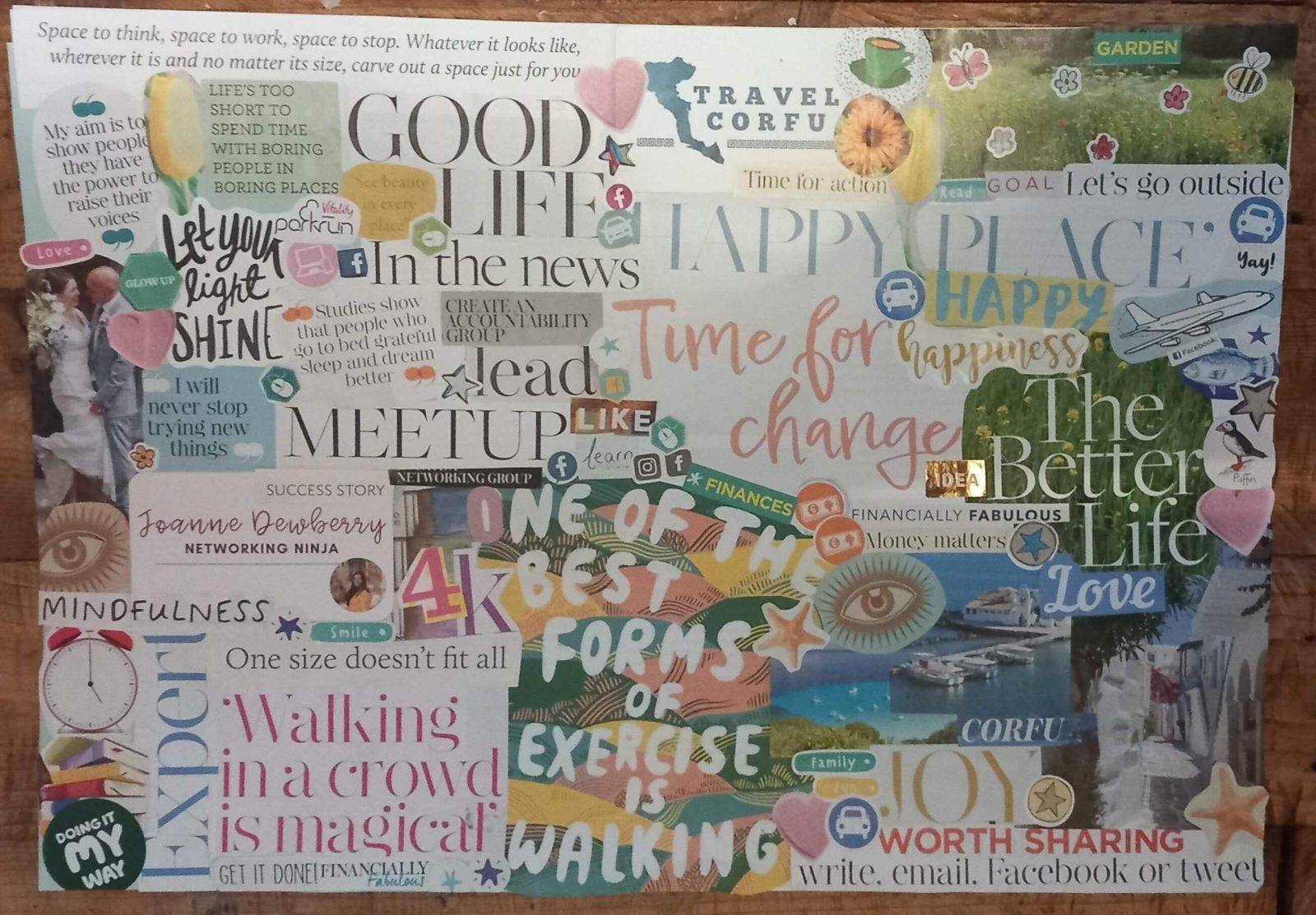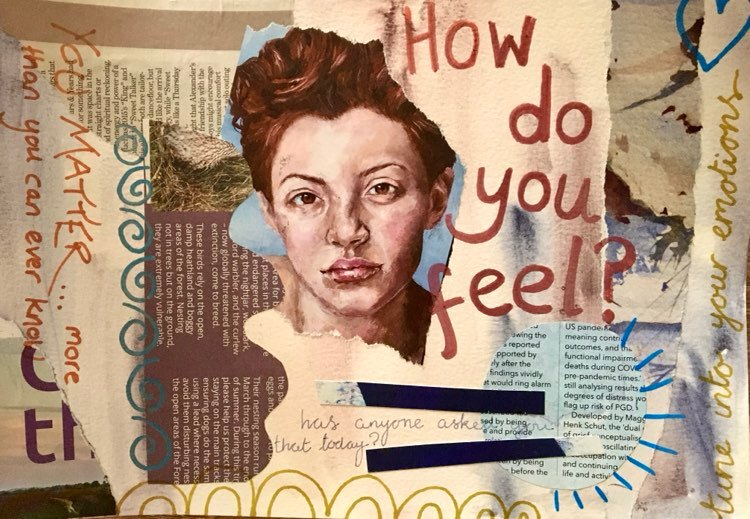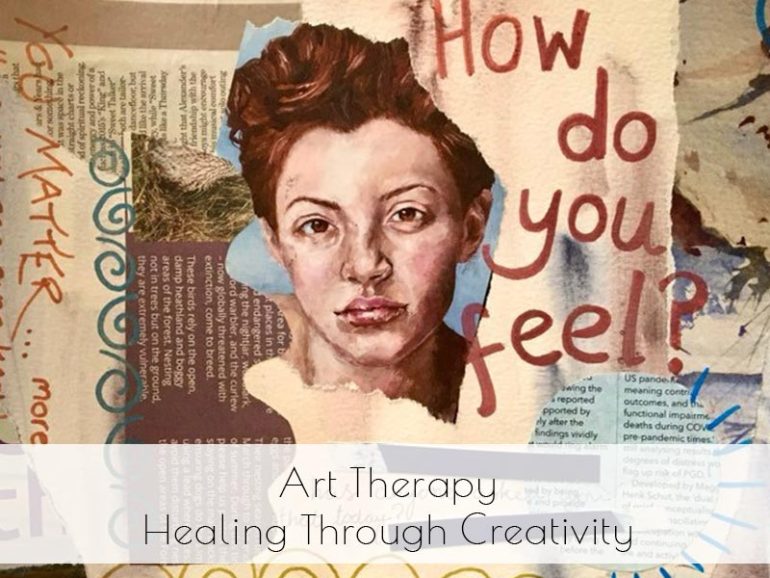Art therapy is a powerful and transformative practice that uses the creative process of making art to improve mental, emotional, and physical well-being. It is based on the belief that the act of creating can be therapeutic and that artistic expression can help individuals resolve issues, develop coping skills, and achieve personal growth. In this post, we will delve into the concept of art therapy, its historical development, key techniques and practices, and the numerous benefits it offers, supported by case studies demonstrating its impact.
Historical Development and Pioneers of Art Therapy
Art therapy as a formal practice began to take shape in the mid-20th century, although the therapeutic use of art dates back much further. The use of art for healing can be traced back to ancient civilizations where rituals and symbolic art were integral to cultural practices. However, art therapy as we know it today began to emerge in the 1940s and 1950s.
- Margaret Naumburg: Often referred to as the “mother of art therapy,” Naumburg viewed art as a way to access unconscious thoughts and emotions. She integrated principles of psychoanalysis with creative expression, establishing art therapy as a form of psychotherapy.

- Edith Kramer: Kramer emphasized the intrinsic therapeutic value of the creative process itself, rather than just the symbolic content of the artwork. Her work highlighted the role of art in fostering personal growth and emotional resilience.

Techniques and Practices Used in Art Therapy
Art therapists use a variety of techniques to help individuals express themselves and work through their issues. These techniques are tailored to the needs and preferences of each individual.
- Drawing and Painting: These fundamental techniques allow clients to explore their feelings and experiences through colour, form, and composition. The process can be free-form or guided by specific prompts.
- Collage and Mixed Media: Using different materials and textures, clients can create collages that represent their thoughts and feelings. This technique encourages experimentation and can be particularly freeing for those who feel constrained by traditional art forms.

- Sculpture and Clay Work: Working with three-dimensional materials like clay allows clients to physically shape their experiences and emotions. This hands-on approach can be grounding and provides a tangible way to process feelings.
- Art Journaling: Combining writing and drawing, art journaling is a reflective practice that encourages ongoing self-expression and self-discovery. Clients can document their daily experiences, thoughts, and emotions in a creative and personal format.

Benefits and Case Studies of Art Therapy’s Impact
Art therapy offers numerous benefits, and its effectiveness is supported by a growing body of research and case studies.
- Emotional Expression and Processing: Art therapy provides a safe space for individuals to express complex emotions that may be difficult to articulate verbally. It helps in processing trauma, grief, and other intense feelings.
- Stress Reduction and Relaxation: Engaging in creative activities can lower stress levels and promote relaxation. The repetitive motions involved in drawing, painting, or sculpting can be meditative and calming.
- Self-Discovery and Personal Growth: Art therapy encourages self-exploration and personal insight. It helps individuals understand themselves better and fosters a sense of empowerment and self-worth.
- Social Connection and Communication: Group art therapy sessions can enhance social skills and provide a sense of community. Creating art together fosters communication and mutual support among participants.
Art therapy harnesses the creative process to promote healing, self-discovery, and personal growth. Its techniques and practices offer unique ways to address a wide range of mental, emotional, and physical challenges. As a powerful and versatile therapeutic approach, art therapy continues to transform lives and demonstrate the profound impact of art on well-being.
If you would like to receive a roundup of all of our blog posts once a week to keep you inspired in your inbox, why not sign up to our newsletter. You can access our sign up at the top of our page. If you are a London Art College student and you would like your artwork featured here, drop us a line at any time.

